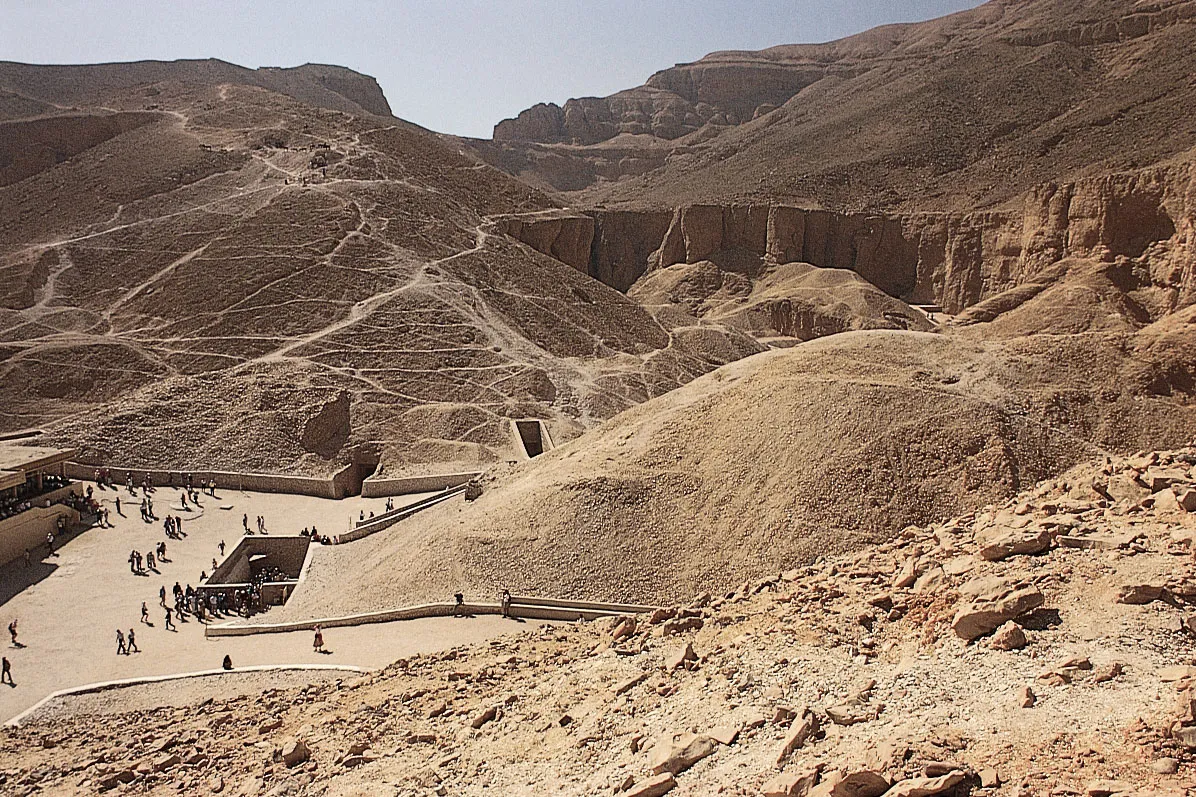
Archaeologists Discover Dozens of Royal Mummies in the Valley of the Kings
In a remarkable discovery, experts have found at least 50 mummies belonging to the ancient Egyptian royal family. This includes princes, princesses, and infants. The mummies were unearthed in a collapsed tomb in the Valley of the Kings. Researchers analyzed hieratic inscriptions, a cursive form of hieroglyphics, and linked most mummies to two pharaohs: Thutmose IV and Amenhotep III.
Significant Discoveries
Among the mummies, archaeologists discovered at least eight previously unknown royal daughters, four princes, and several children. This finding offers valuable insights into the royal lineage of ancient Egypt.
Excavation Details
Susanne Bickel, a researcher from the University of Basel in Switzerland, shared details about tomb KV 40. She explained, “At first glance, the only sign of a burial chamber was a depression in the ground.” Excavations revealed a 5-meter-deep shaft, a corridor, and the remains of four rooms. Experts believe that looters raided this 3,300-year-old tomb in antiquity for gold and wood, and later for other valuable items.
Condition of the Mummies
Bickel noted that tomb robbers largely fragmented the adult mummies. However, the infant remains in the underground burial chamber remained intact. Most infants from that era received simple burials, but the royal children in KV 40 were properly mummified. They were wrapped in multiple layers of bandages and treated with bitumen.
Future Research Plans
While researchers have not yet determined the cause of death for the infants, Bickel mentioned plans for anthropological research in the next excavation season. “What is certain is that they did not die at the same time, but rather over a period of time,” she added.
Historical Context
Fragments of coffins made from wood and a plaster-like material called cartonnage indicate that tomb KV 40 was repurposed in the 9th century BC. During Egypt’s Third Intermediate Period, it served as a burial site for members of priestly families.
Bickel and her colleagues believe that studying the new mummies and the scattered grave goods will shed light on the lives of those who inhabited the royal palace during the time of the pharaohs.
Cover photo: Tutankhamun’s tomb in the Valley of the Kings (lower left), Luxor (ancient Thebes), Egypt. © Robert Holmes
You may also like
- New Study Suggests Existence of Previously Unknown Crocodile Species: “Human-Eating Crocodile”
- Ancient Papal Residence Unearthed in Rome Ahead of 2025 Jubilee
- Ancient Roman Wooden Water Pipe Discovered Beneath the Streets of Leuven
- Illegal Excavation in Turkey Uncovers Ancient 2,000-Year-Old Roman Mosaic
- Silver Coins and a Hoard from the 11th Century Discovered in Lübs, Germany
- Ancient Roman Road and Rare Artifacts Unearthed in Switzerland
- American Tourist Injured After Falling on Metal Barriers at Rome’s Colosseum
- A Unique Mummification Method Discovered in Austria: The Air-Dried Chaplain
- Costa Rica Shipwrecks Identified as Danish Slave Ships
- Neanderthal Remains Found in Iran’s Zagros Mountains: Kunakhera Cave Reveals 80,000-Year-Old Evidence
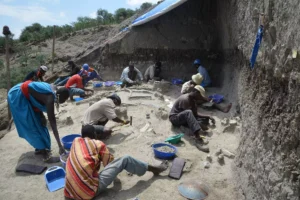
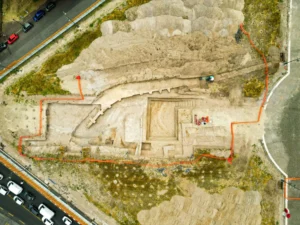
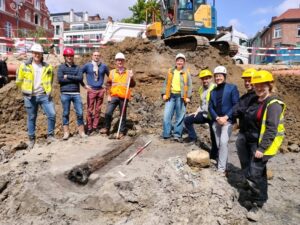
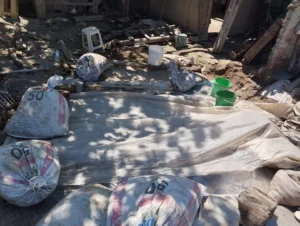

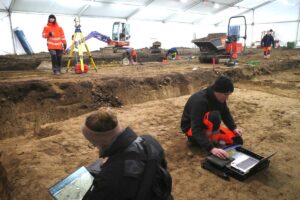

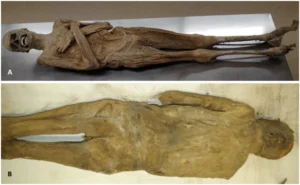
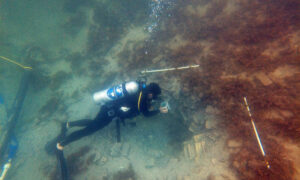
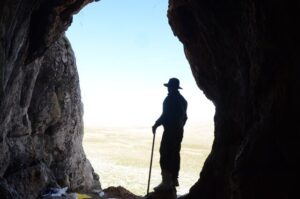
Leave a Reply